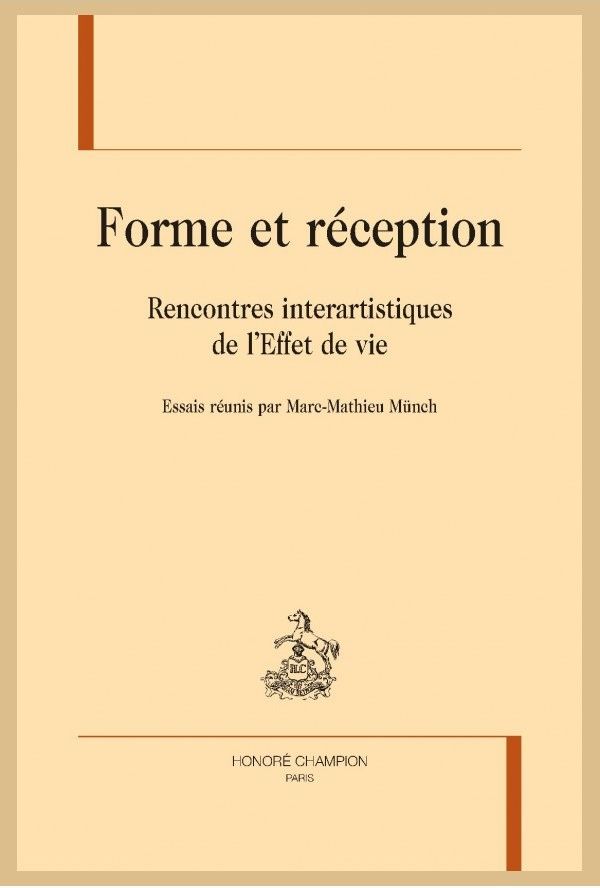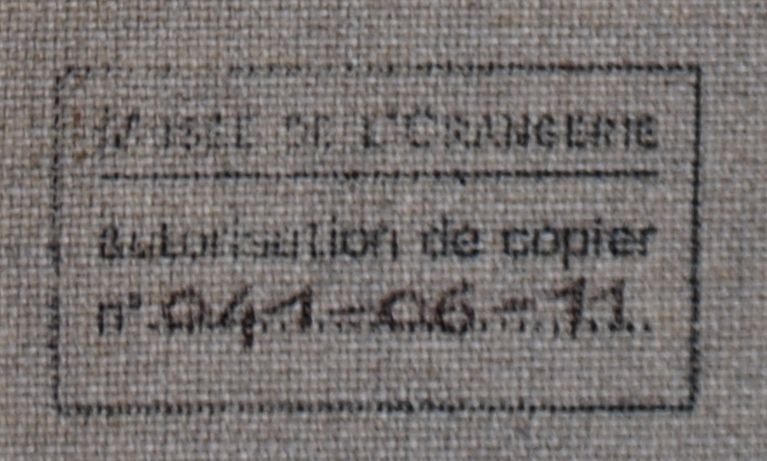EN - FR
"Monet's Water Lilies, colored scores and aesthetic of shapes"
Painting & Music
Article 2014
"
It's hard to imagine a bettedemonstration of the immemorial brotherhood of the arts.
"Gabrielle Thierry's work (since artists now commonly use this modest word in preference to "inspiration" or one of its synonyms) is an admirable demonstration of the fraternity of the arts. It makes us see and hear that if the forms of music can be read pictorially - and vice versa - and that if, moreover, pictorial forms can be seen or read musically and then reflected in painted forms, it's because the effect of life is, in the final analysis, their common denominator.
Monet's water lilies are one thing, Johann Sebastian Bach's Sonata for Violin and Keyboard is another, Gabrielle Thierry's L'Amandier or La Musicalité des Nymphéas are two more, but how can we deny that these works, if we enjoy discovering them, are based on forms that are vivid and lively. It's hard to imagine a better demonstration of the immemorial brotherhood of the arts."
Marc-Mathieu MÜNCH, Lorraine University - 2014
Publication in the proceedings of the "Artistic form and quality of reception" symposium.
Centre "Écriture" - Lorraine University - METZ - Feb 2012 - under M.M.Münch's direction.
Publication Excerpts
(...)In 2010, I started sketching, making a few exploratory gouaches. I needed to get as close as possible to Claude Monet's works, to understand their colors and their rich palettes. I asked the management of the Musée de l'Orangerie for permission to paint in front of the large panels! The positive response and welcome I received exceeded my expectations.
In the end, it was after more than 300 hours of scrutinizing Claude Monet's Water Lilies that I was able to grasp not only the colors and shapes, but also the composition, and above all what emanated from this ensemble.
I came to paint at the Musée de l'Orangerie twice a week to reveal the music of the Water Lilies. Since October 2010, I've been able to approach, touch, admire and listen to the 80 meters of canvases. Every brushstroke of pure color is observed, as are the compositions as a whole. Les Nymphéas forms a whole, a major installation in which the walls and architecture of the museum are an integral part of the painter's artistic approach.
To date, I've completed all the Water Lilies in all their musicality: 8 oil panels, the largest in a dyptic (over 22 linear meters), plus some twenty gouaches, also painted on site.
The composition came to me almost naturally as I "listened" to Monet's painting and reread the landscape. The eye wanders along a trajectory that I'll have to pick up again on the canvas. The underlying composition of Claude Monet's work became increasingly clear to me. The canvases appear to me to be highly constructed, not only in their verticality, but also in the movements of the reflections, the positioning of the water lilies, sometimes forming circles, sometimes "rhythmic checkerboards". The viewer's gaze is drawn along the landscape, along the canvas. It is on this framework that my pictorial musical composition can be inscribed.
Dedicated website to "The musicality of the Water Lilies" www.waterliliespaintingmusic.com (new websitesoon)
Work session at the Musée de l'Orangerie, Paris

The multiplicity of Claude Monet's views of his pond, and the diversity of the hours of the day, give each musical transcription a different color, timbre and harmony. Sound and timbre suggest an instrumental game. We've already mentioned the blue character of the piano notes and background music.
To return to the question of aesthetics, the work I have presented allows me to put two questions to you:
- from my work, the importance of the pictorial vocabulary and the relationship I try to translate with music corresponds to an ancient and constant search for convergence between the arts. For some historians, this is to be situated at the particular moment of the emergence of abstraction in painting, but it can also be linked to a new freedom in the history of music (the two languages would be intimately linked).
(...)
- As far as posterity is concerned, it's rather paradoxical and interesting for an unknown artist (myself, as you can well imagine) to find herself faced with a major work that could serve precisely to illustrate the notion of posterity in art. Claude Monet, of course, was already one of the world's best-known artists at the time of his Water Lilies.
But for me, it's a question of placing the gift of the Water Lilies in its context, that of the end of the Great War and, as such, a universal message of peace based on an aesthetic that was resolutely new for the time and which, in response to the artist's request and thanks to the support of his friend, the most important public figure at the time, Georges Clémenceau, contributes to the architecture and scenography of the Water Lilies as an archetype of achievement in connection with posterity.

In front of "Matin "
Musée de l'Orangerie, 2011
